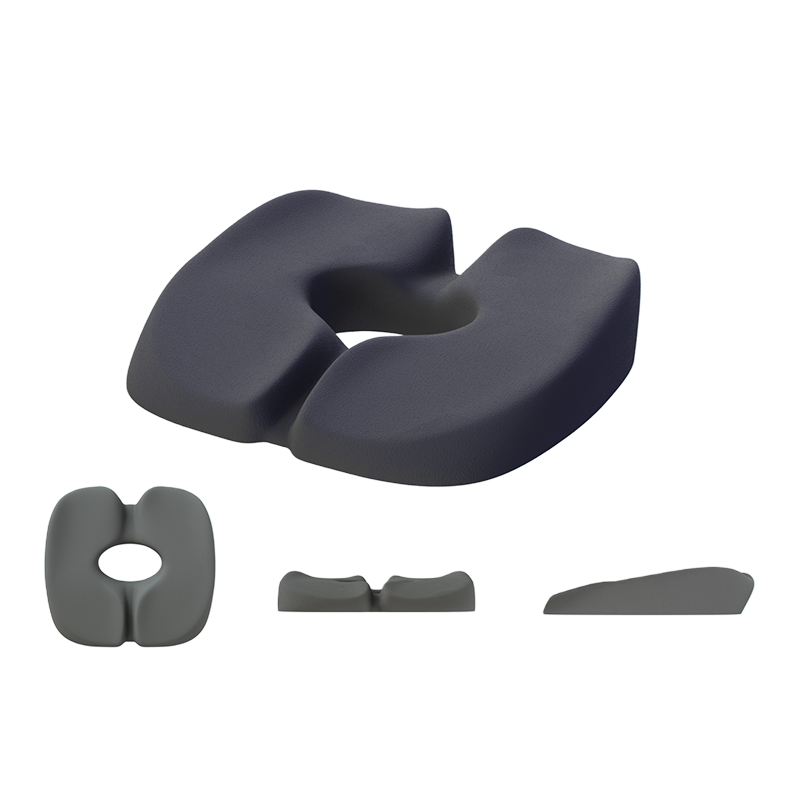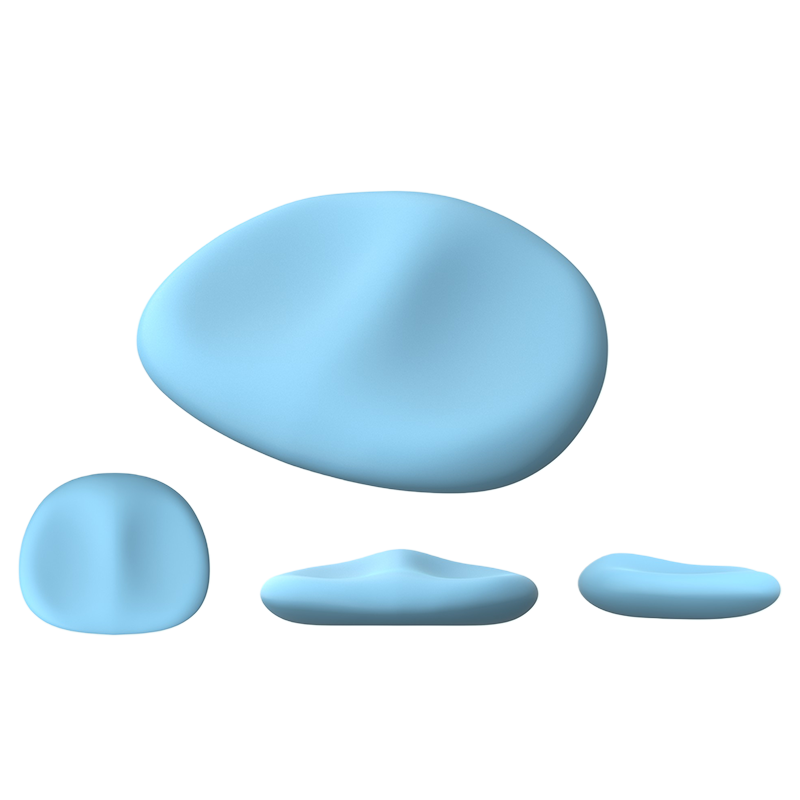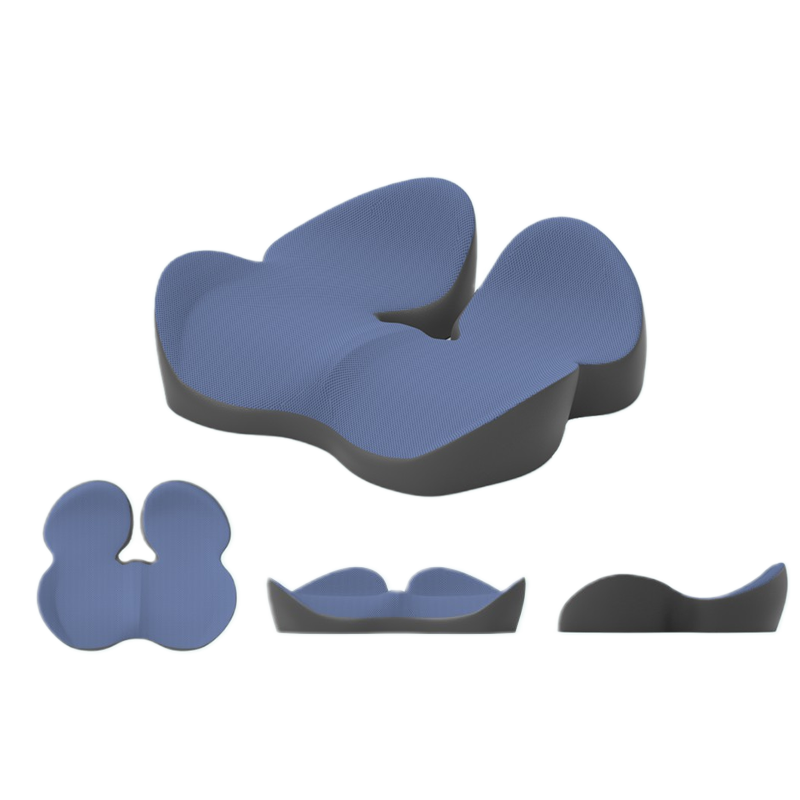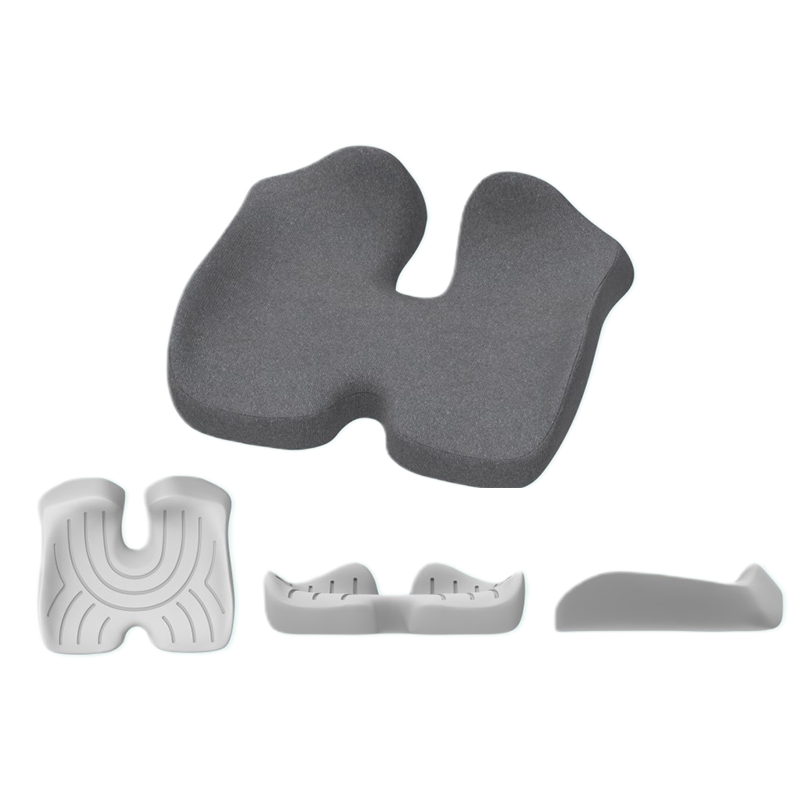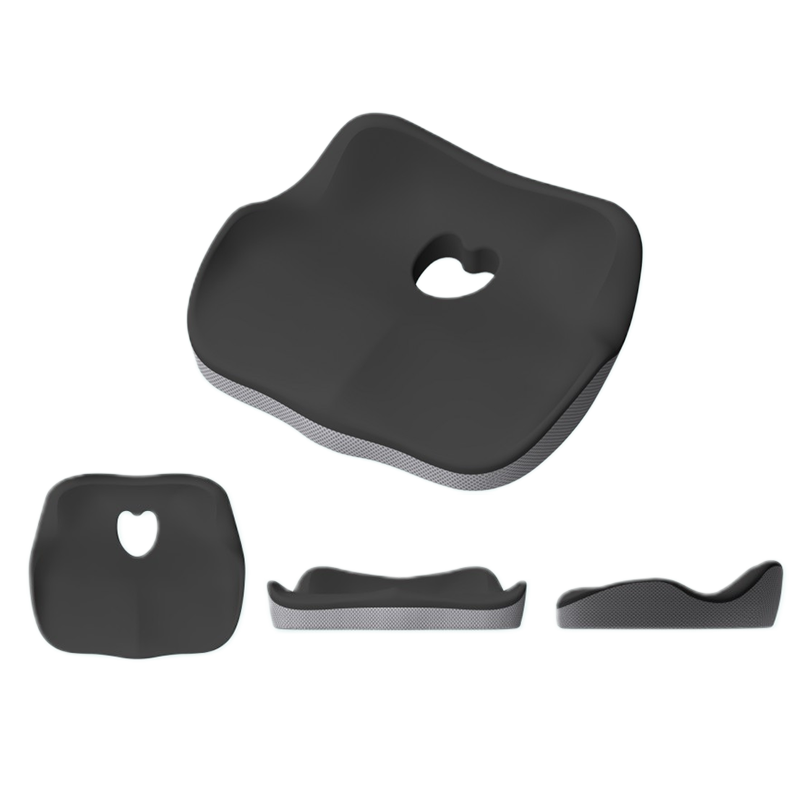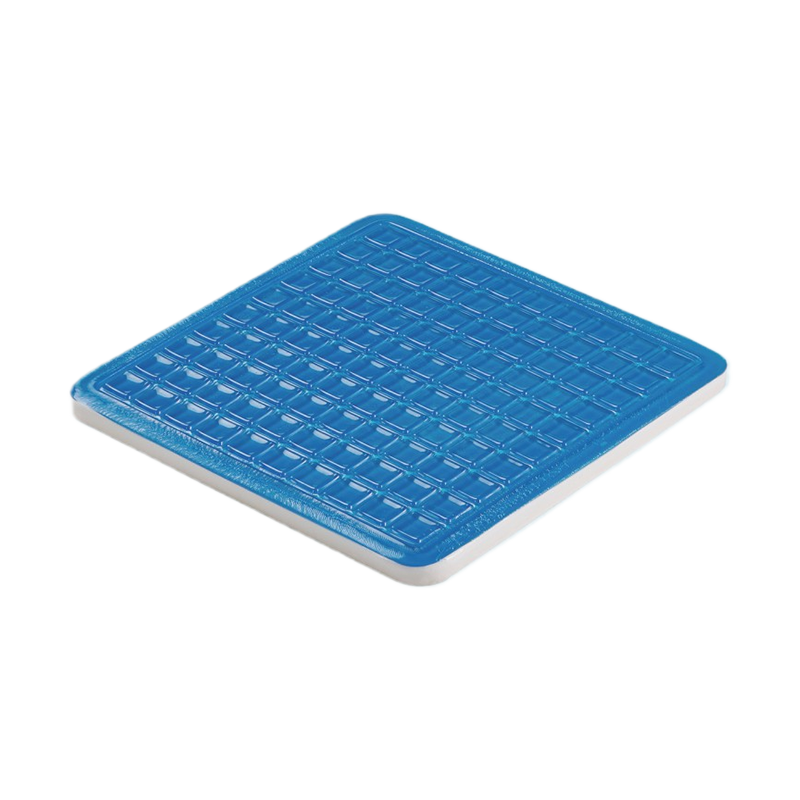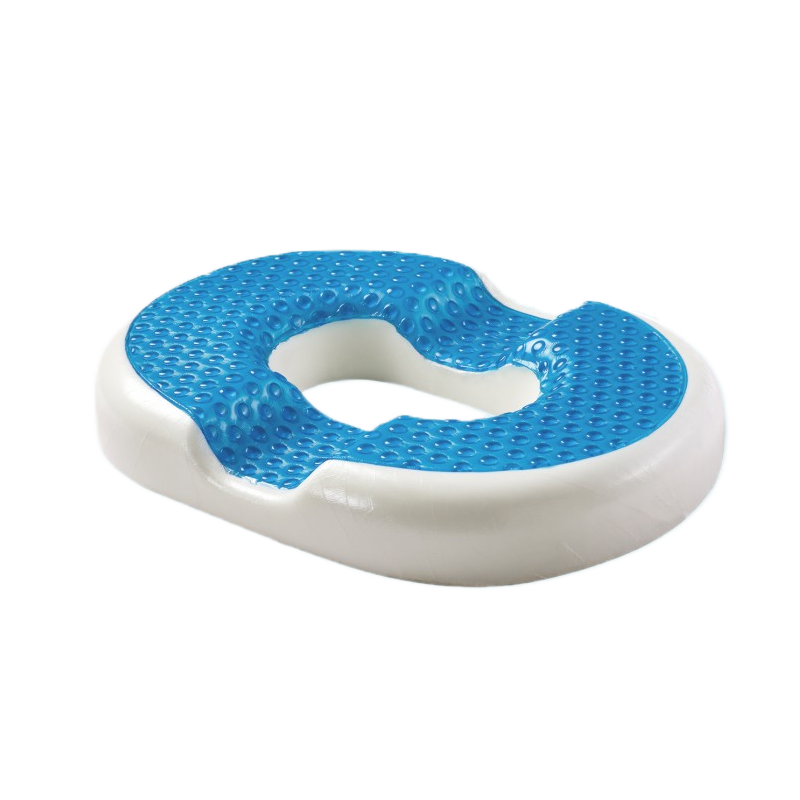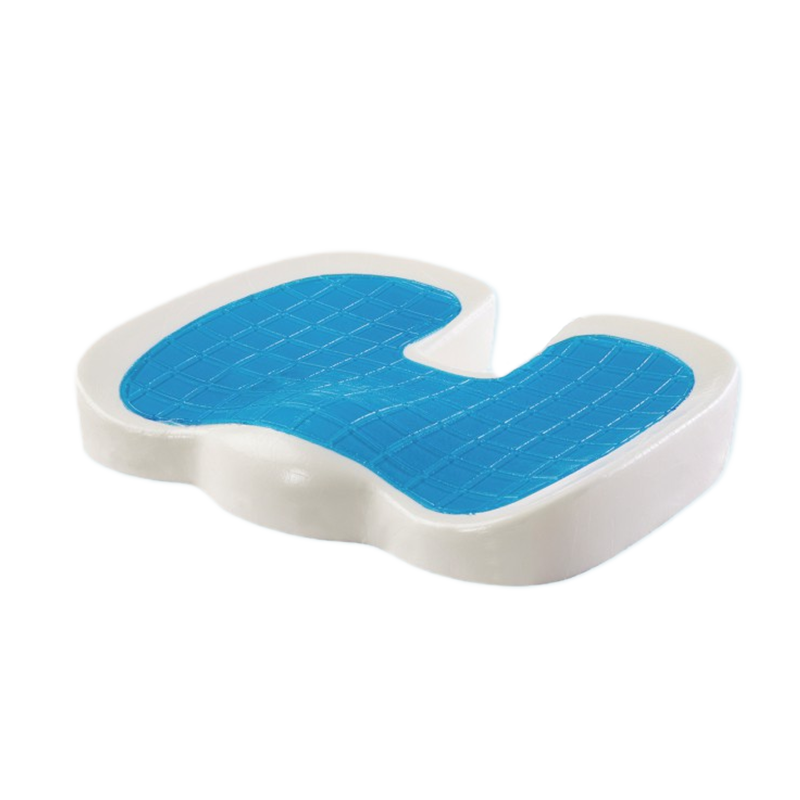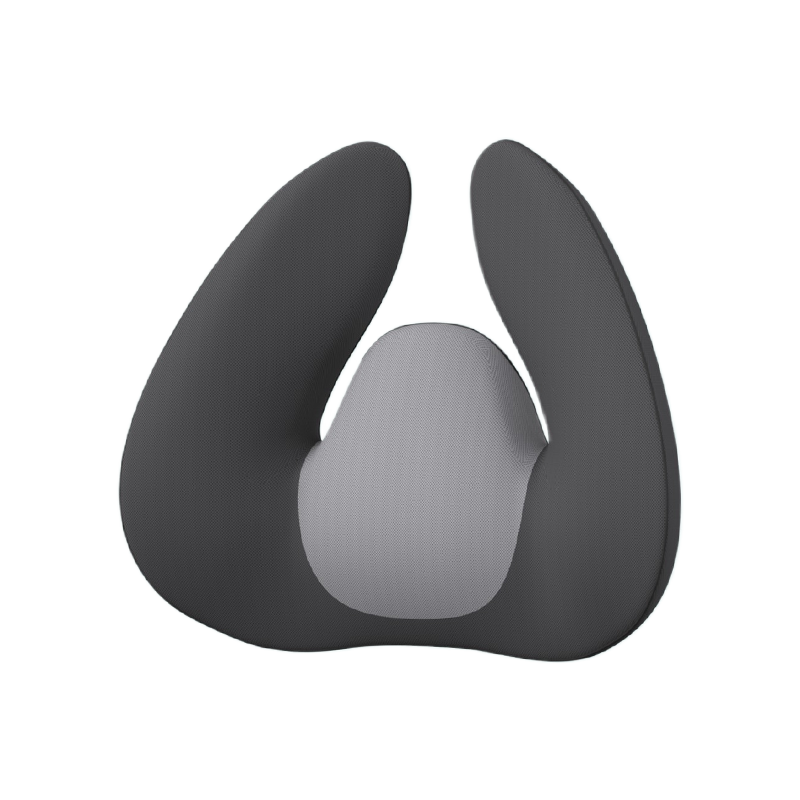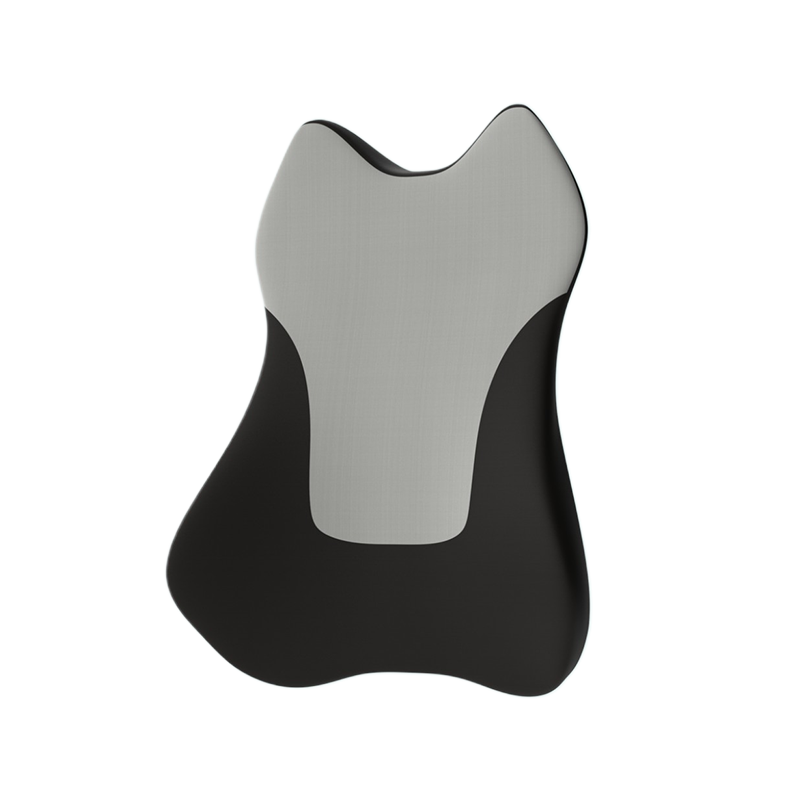Are Memory Foam Pillows Too Firm?
1. Initial Feel vs. Reality
"First-Night Shock": New pillows often feel rock-hard straight from packaging due to cold shipping temps. Body heat softens foam within 5 minutes of use.
Seasonal Shift: Winter cold stiffens foam; summer heat makes it overly pliable.
2. Body Type Sensitivity
Petite users: More likely to feel excessive firmness (e.g., pressure on ears/jaw).
Heavier users: Often perceive firmness as "supportive" rather than stiff.
Side sleepers: Need softer foam to cushion shoulders; back sleepers tolerate firmness.
3. Density Dictates Firmness
High-density foam: Feels firmer, holds shape better for spinal alignment.
Low-density foam: Softer sink but loses support faster.
Cheap foam alert: Non-temperature-sensitive foam stays rigid (fake memory foam).
4. When Firmness Becomes Harmful
Warning signs: → Waking with numb arms/ears → Headaches at the base of the skull → Constant pillow-fluffing urges
Risk groups: Arthritis sufferers, fibromyalgia patients, strict side sleepers.
5. Softening Solutions
For new pillows: Place under a heated blanket for 1 hour before first use.
For chronic firmness: → Switch to shredded memory foam (adjustable softness). → Add a down pillow topper (sacrifices some support). → Use a silk pillowcase (reduces friction "drag").
Last resort: Cut open foam layer and carve out center cores (DIY hazard).
6. Firmness ≠ Support
Good firmness: Evenly cradles neck without pressure points.
Bad firmness: Feels like "pushing back" against your head.
Self-Test:
Lie down with glasses on:
Frames dig into temples → Too firm.
Glasses stay perfectly positioned → Ideal support.
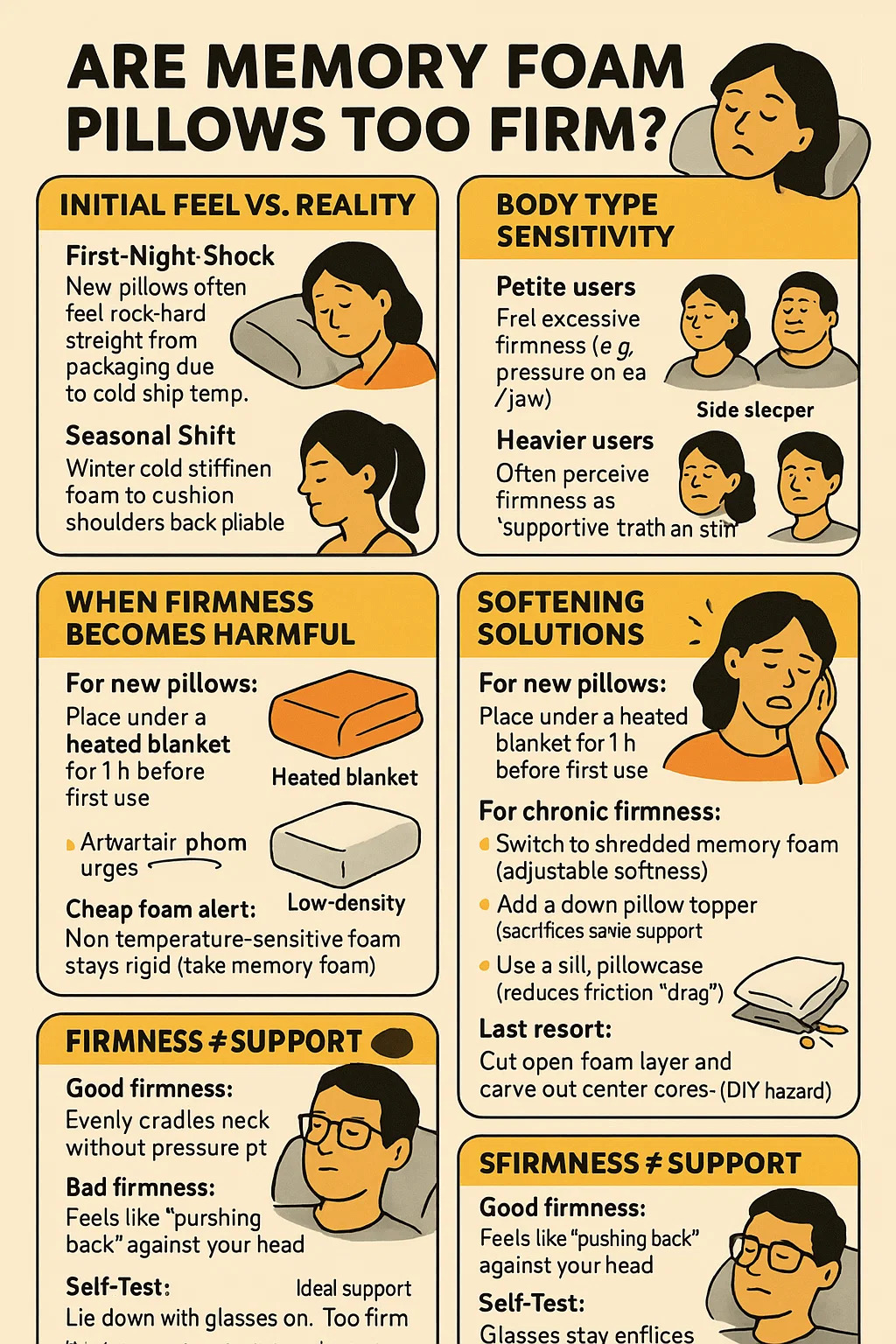



 English
English عربى
عربى
